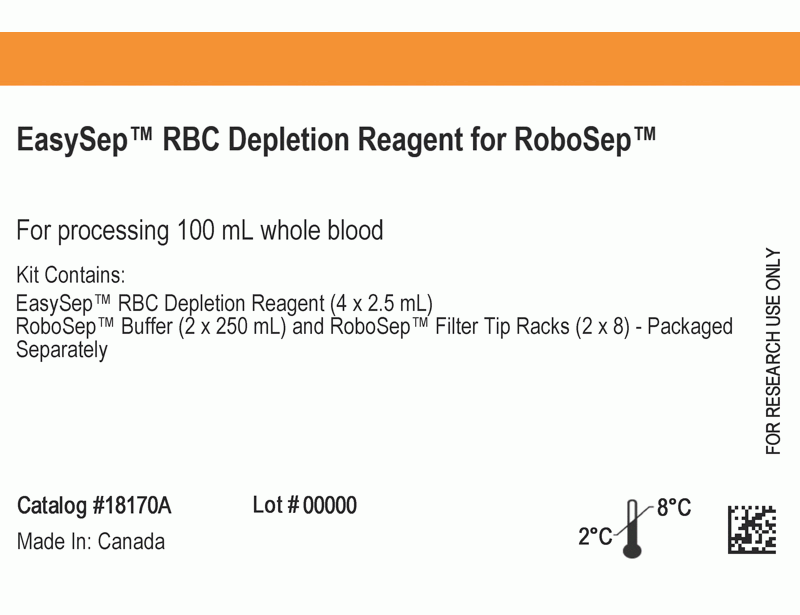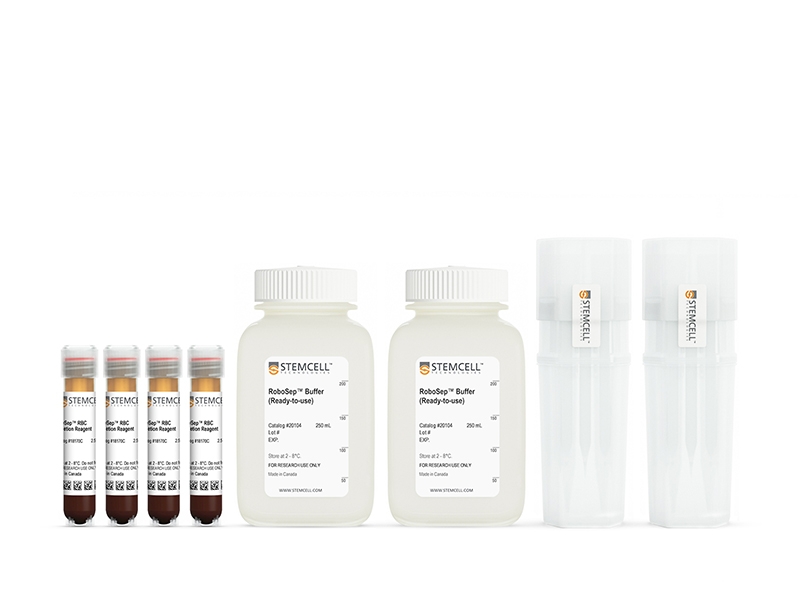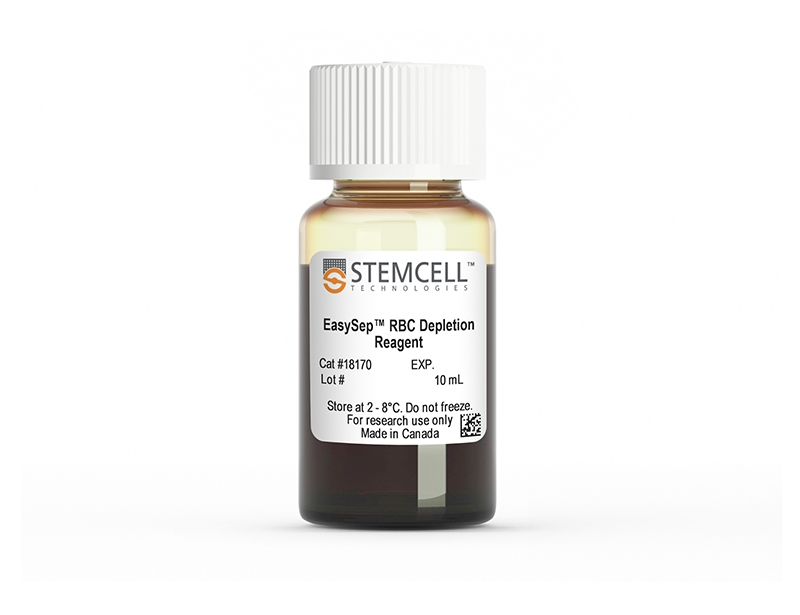EasySep™ RBC Depletion Reagent
This product replaces the EasySep™ Human Glycophorin A Depletion Kit (Catalog #18352) for even faster cell isolations.
• 99.9% RBC depletion without the need for density gradient centrifugation, sedimentation or lysis
• Fast, easy-to-use and column-free
• Isolated cells are untouched
- EasySep™ RBC Depletion Reagent (Catalog #18170)
- EasySep™ RBC Depletion Reagent, 10 mL
- EasySep™ RBC Depletion Reagent for RoboSep™ (Catalog #18170RF)
- EasySep™ RBC Depletion Reagent for RoboSep™, 4 x 2.5 mL
- RoboSep™ Buffer (Catalog #20104) x 2
- RoboSep™ Filter Tips (Catalog #20125) x 2
Data
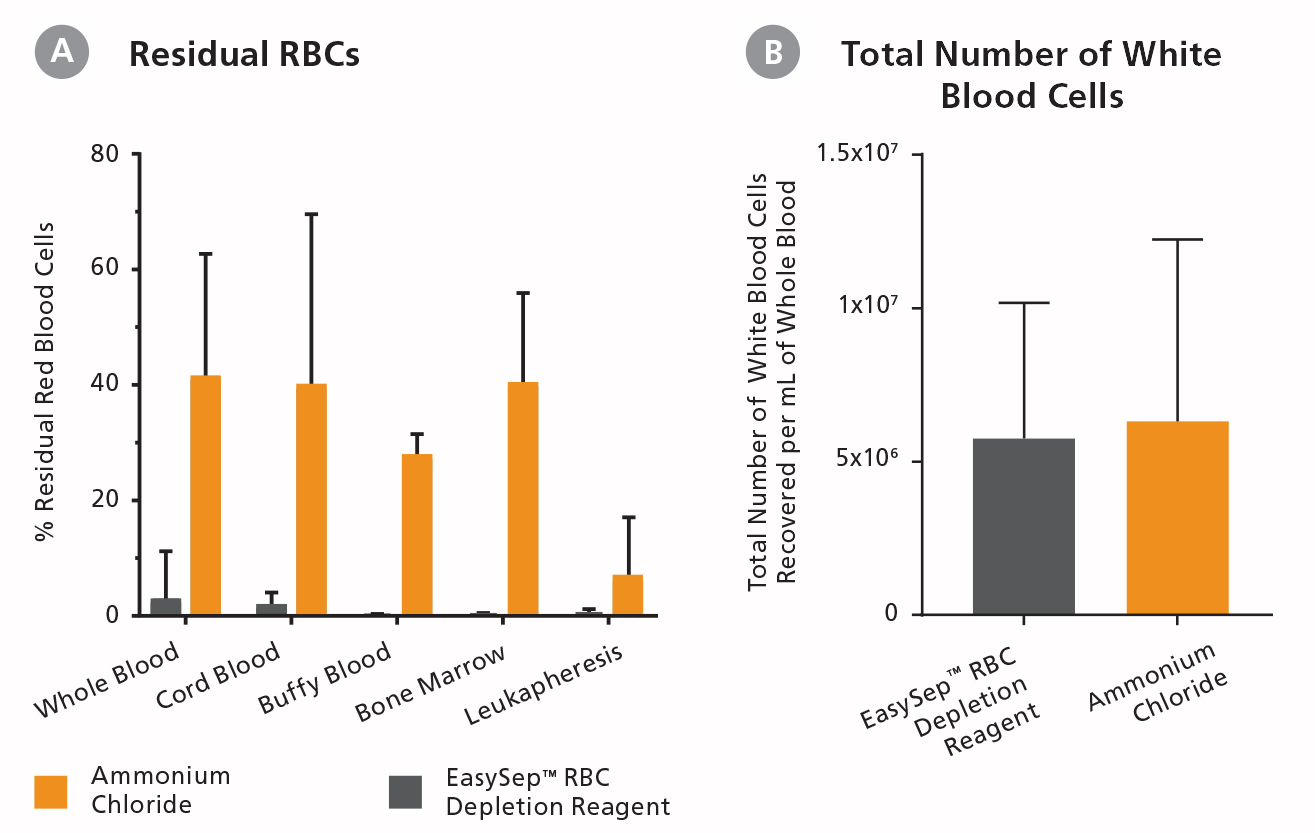
Figure 1. EasySep™ RBC Depletion Reagent Provides Superior RBC Depletion Compared to Ammonium Chloride Lysis
Different types of RBC-containing samples from normal healthy donors were processed to remove RBCs by using either ammonium chloride (NH4Cl) lysis or immunomagnetic depletion with EasySep™ RBC Depletion Reagent. After RBC removal, samples were stained with fluorochrome-conjugated anti-CD45 and anti-Glycophorin A antibodies and analyzed by flow cytometry. Residual RBCs were identified as Glycophorin A+/CD45− events. (A) The percentages of residual RBCs in various samples following use of EasySep™ RBC Depletion Reagent was significantly lower compared to samples treated with ammonium chloride (mean ± SD; n = 31). (B) Both, RBC lysis with ammonium chloride and RBC removal using EasySep™ RBC Depletion Reagent resulted in an equivalent total number of white blood cells recovered from whole blood samples (mean ± SD; n = 37).
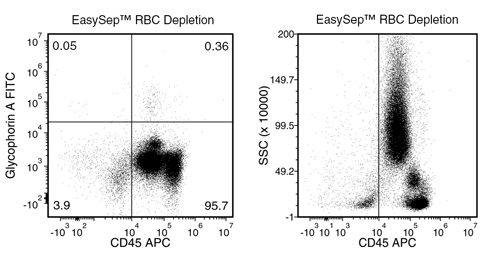
Figure 2. Typical RBC Removal Using EasySep™ RBC Depletion Reagent With Human Whole Blood Samples
Starting with human whole blood from normal healthy donors, the percentage of residual RBCs (Glycophorin A+/CD45-) following use of EasySep™ RBC Depletion Reagent is typically 2 ± 3 (mean ± SD; n = 31). In the above example, the residual RBC content is 0.05%.
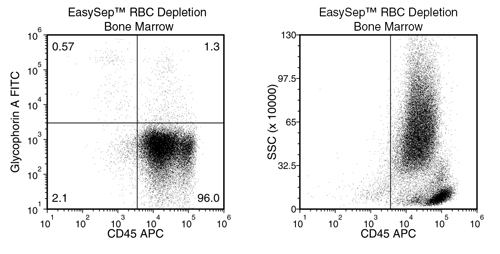
Figure 3. Typical RBC Removal Using EasySep™ RBC Depletion Reagent With Human Bone Marrow Samples
Starting with human bone marrow, the percentage of residual RBCs (Glycophorin A+/CD45-) following use of EasySep™ RBC Depletion Reagent is typically 0.39 ± 0.34 (mean ± SD; n = 5). In the above example, the residual RBC content is 0.57%.
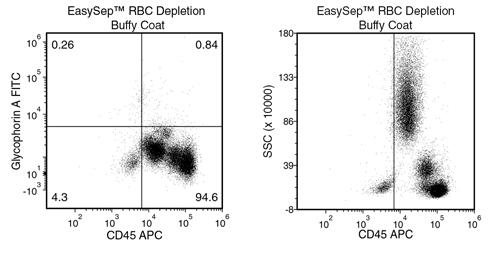
Figure 4. Typical RBC Removal Using EasySep™ RBC Depletion Reagent With Buffy Coat Samples
Starting with buffy coat, the percentage of residual RBCs (Glycophorin A+/CD45-) following use of EasySep™ RBC Depletion Reagent is typically 0.12 ± 0.08 (mean ± SD; n = 6). In the above example, the residual RBC content is 0.26%.
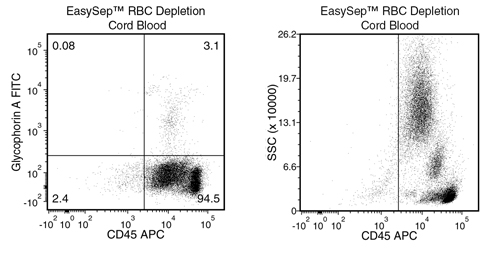
Figure 5. Typical RBC Removal Using EasySep™ RBC Depletion Reagent With Cord Blood Samples
Starting with cord blood, the percentage of residual RBCs (Glycophorin A+/CD45-) following use of EasySep™ RBC Depletion Reagent is typically 1.7 ± 2.2 (mean ± SD; n = 16). In the above example, the residual RBC content is 0.08%.
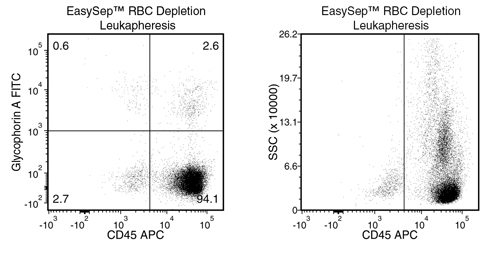
Figure 6. Typical RBC Removal Using EasySep™ RBC Depletion Reagent With Leukapheresis Samples
Starting with leukapheresis samples, the percentage of residual RBCs (Glycophorin A+/CD45-) following use of EasySep™ RBC Depletion Reagent is typically 0.5 ± 0.8 (mean ± SD; n = 15). In the above example, the residual RBC content is 0.6%.

